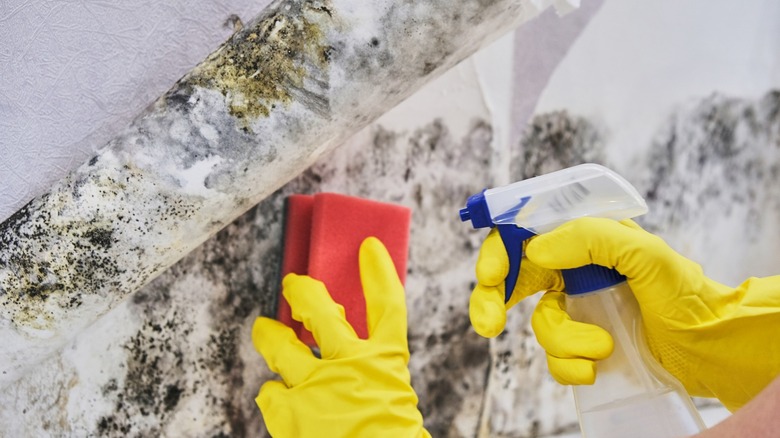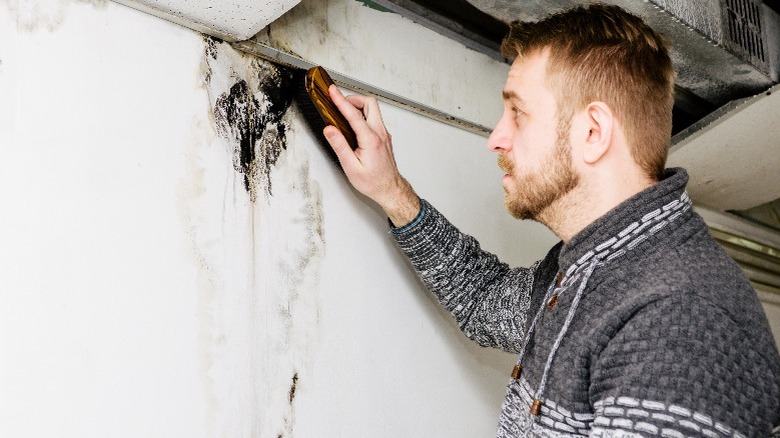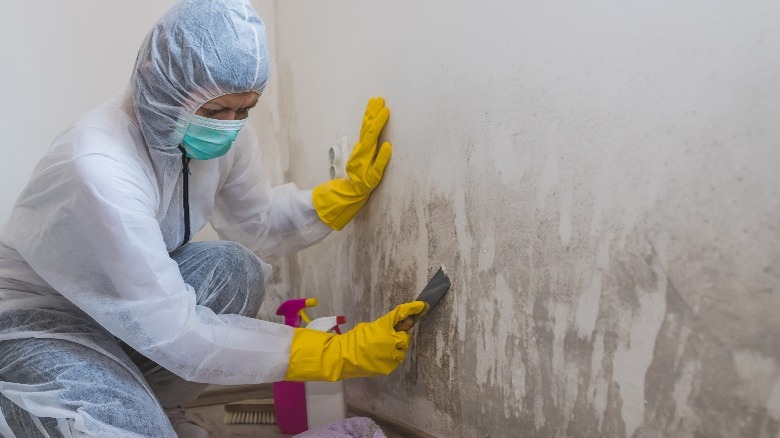Can Hydrogen Peroxide Really Save Your Moldy Basement Walls?
Mold thrives in dark, damp, and moist conditions, making basements hotspots for mold growth. Factors like poor ventilation, flooding from plumbing leaks and recent storms, or condensation due to high humidity all contribute to mold proliferation in these areas. Luckily, a common item in your medicine cabinet might be just what you need to combat this issue.
Hydrogen peroxide is renowned for its disinfecting properties, which can eliminate bacteria, viruses, fungi, and spores. It generates hydroxyl free radicals that attack and disrupt the proteins, DNA, and other vital cell components in these microorganisms, resulting in their death.
Supporting its effectiveness, a 2011 study reported a 9-fold decrease in mold content and a 13-fold decrease in bacteria and fungi colony-forming units in room air after nebulizing a room with massive mold infestation. Similarly, a 2013 study in the Journal of Occupational and Environmental Hygiene demonstrated that hydrogen peroxide can inhibit the growth and spore germination of six common fungal species.
This makes hydrogen peroxide an ideal cleaner for the molds in your basement. Not only is it effective on solid surfaces, but it can also penetrate porous ones. In fact, the Environmental Protection Agency (EPA) recommends it for disinfection of porous materials, like carpeted floor and rugs. Since it's also a bleaching agent, be sure to spot test an area first to ensure it won't fade.
Get rid of molds on basement walls using hydrogen peroxide
Before tackling mold in your basement with hydrogen peroxide, it's essential to remember that even household-grade 3% hydrogen peroxide can cause mild skin and mucous membrane irritation. Therefore, wearing protective gear is crucial. Equip yourself with a face mask, eye protection, and gloves to prevent irritation from the hydrogen peroxide and protect against exposure to mold and spores, which can cause symptoms like itchy eyes and skin, a stuffy nose, and wheezing.
On porous surfaces like drywall and wood, fill a spray bottle with 3% hydrogen peroxide and spray it directly onto the moldy surface. Ensure that the surface is thoroughly saturated and let it sit for 15 minutes before wiping it. You can also gently clean off the residual mold with a soft bristle brush, being careful not to damage the underlying wall surface. Wipe the surface dry with a clean cloth. This step is essential for removing water spots and preventing the damp conditions that could allow mold to regrow.
For non-porous surfaces, mix equal parts of hydrogen peroxide and water, and then transfer the solution into a spray bottle. Do the same cleaning process as above.
When not to use hydrogen peroxide to kill molds
Hydrogen peroxide is an ideal mold killer for molds on both porous and non-porous surfaces. However, it might be best to dispose of other porous materials laden with molds like mattresses upholstery, and stuffed toys. The same is true for items submerged in water since they're at a higher risk of high mold absorption. If you have documents and papers with molds that you can't throw away, seal them in a bag and wait until they can be dried and cleaned.
For small patches of mold on your basement walls, using hydrogen peroxide should work well. But when dealing with larger areas, particularly those exceeding 10 square feet (about 3 feet by 3 feet), the Environmental Protection Agency (EPA) advises homeowners to call in professional cleaners. This recommendation also applies if you're facing recurrent mold issues in your basement, as this could indicate a more serious underlying problem that requires professional assessment and intervention to banish the mold in your basement for good.
Like hydrogen peroxide, vinegar can rescue your basement from flood damage and mold. But it's important not to use them together. Mixing the two creates peracetic acid, a highly reactive chemical compound that can irritate the eyes, skin, and respiratory tract upon direct contact.


